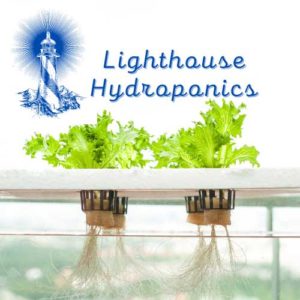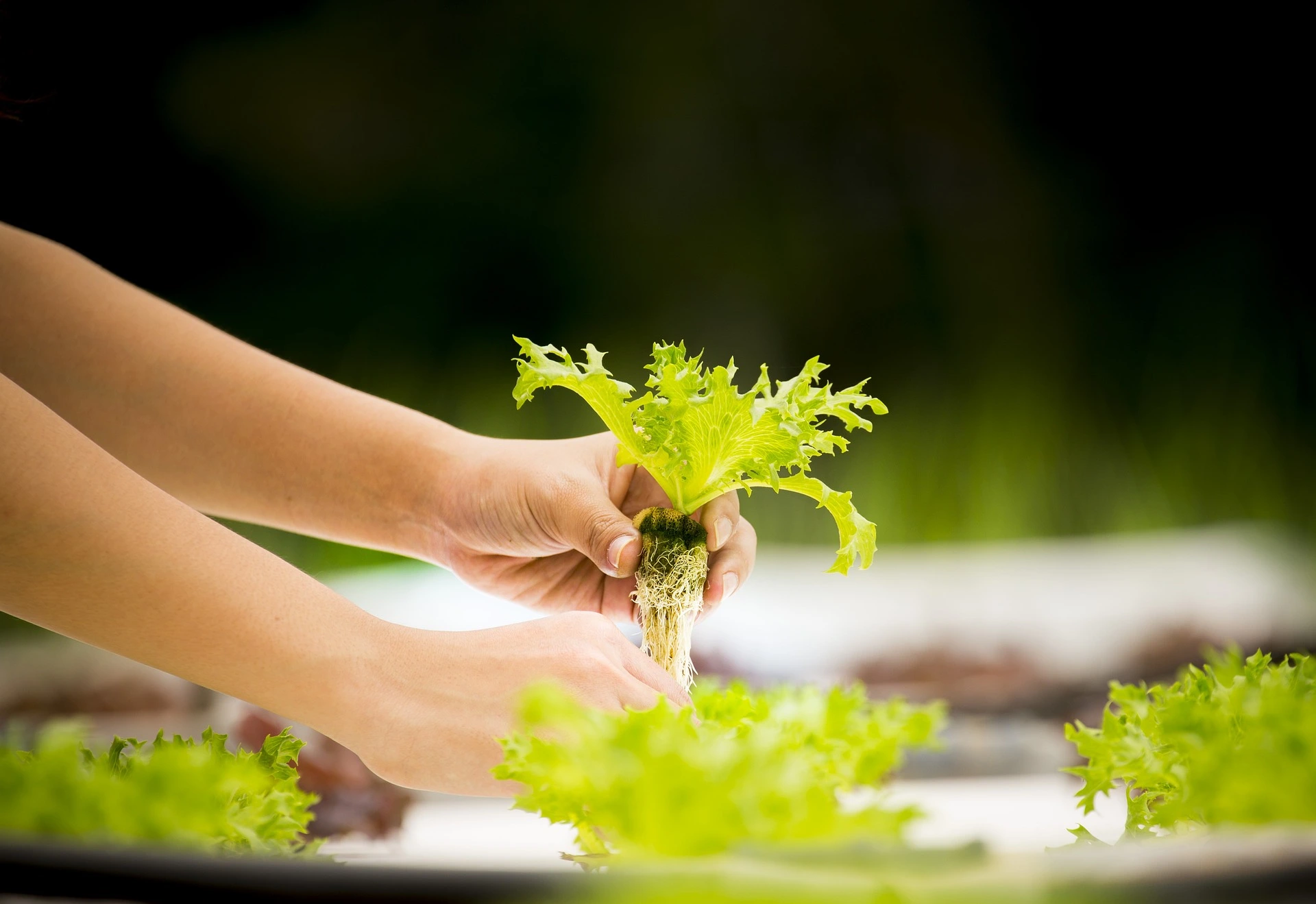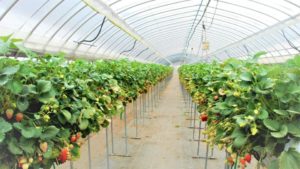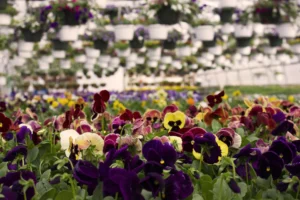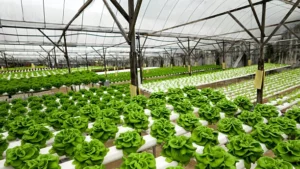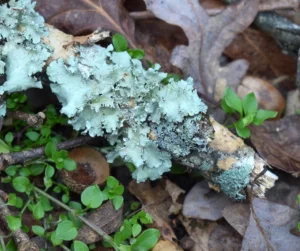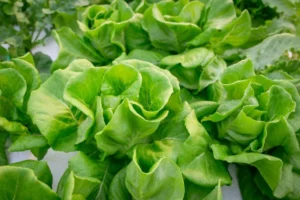Soil is the natural medium for most plants. In fact, there are hundreds of different varieties of native soil-dwelling plants in every ecosystem. It is therefore natural for gardeners to also grow their hydroponic plants in soil. It is also something that can be easier accomplished with hydroponic setups than with other means. The main challenge with planting soil-based plants comes from the nutrient requirements of the plant. Since soils do not provide ideal conditions for growing healthy plants, they often require added nutrients to thrive. However, that doesn’t mean you cannot have your hydroponic vegetable garden and eat it too! There are many methods you can use to successfully transplant your soil-based plants into an in-ground system and grow them in a more sustainable manner.
The Basics of Soil-to-Soil Transplantation
There are a few approaches to successfully transplanting soil-based plants into an in-ground system. You can do one of the following:
1. Keep them hydrated
To keep your plants humid, you can use a water basin or hydroponic reservoir. This will help prevent damage from dry soils during the process of transplantation.
2. Add soil amendments
The process of adding nutrients is already known by most gardeners and there are a variety of ways they can use to add the necessary nutrients to their soil at a minimal cost. A list of some plant-friendly amendments you could use is below:
a) Vermiculite b) Perlite c) Compost d) Potting mix e) Fish meal f) Worm castings g) Kelp h) Alfalfa meal
3. Use a grow mat or two on top of the soil so that it doesn’t sink down too low during transplanting. Generally speaking, you should leave your plants alone and let them adjust over time to the new environment they are in but if you need to make adjustments sooner, having mats will allow your plants to still have access to oxygen while preventing any further damage when transporting them into the ground.
Grow Your Plants in a Container
One of the most common methods is to grow your plants in a container. You can use containers of any size, from 1 gallon containers to large commercial-sized ones. Depending on the type of plant you are growing and the time it will take for them to reach maturity, you could use containers for anywhere from 3 weeks up to 4 months. Similarly, you can use different types of materials as your container. For example, if you’re going hydroponic, you can use foam or plastic that’s been lined with a mesh cloth liner. If you need an in-ground system with stronger roots, then using a tree trunk is possible. If you need something more compact though, consider using a pot that’s been used previously (especially if it’s one of the larger sizes). In addition, consider using recycled materials such as those found at secondhand stores or online marketplaces like Craigslist.
Decant your soil and add new
The first step to transplanting your hydroponic plants is decanting the soil. This means removing the old soil and replacing it with new soil. It can be an easier process than you think, but it does require some planning. You will want to ensure that you have enough nutrients in the new soil to provide for all of the needs of your plants. The next step is transplanting your plants into their new location. This will require using a planter, which can be tricky if you don’t know how to use one properly. If you are not comfortable with this method, consider purchasing a premade container from a nursery or garden store and filling it with new soil. If you decide on purchasing a premade container, make sure that it is labeled with the type of plant, its name, and what type of system it needs to grow in. If the container does not label its need for an in-ground system or any other specific requirements, ask for clarification before planting anything up!
Mix in some amendments
The first and most effective way to successfully transplant your plants into the soil is to mix in compost, sand, or even peat moss to the hydroponic setup. You may also need to use a fertilizer for this process as well. There are many different ways you can help your soil-based plants grow in an ideal environment. Try adding amendments like these and mixing them with the hydroponic system before planting the plants to give them what they need in order for them to thrive.
Plant Your Transplants
You should transplant your plants into your soil-based garden once the roots are established. This will ensure that the plant gets the nutrients it needs and that it is grown in a natural, healthy way.
When you transplant your plants into their new home, use a soilless potting mix. There are many different types of soilless potting mix available, but they all have one thing in common: they contain no soil. It is important to not use a mix with any sort of added fertilizer or compost which could make it more difficult for your transplants to adapt to the new location and thrive.
The first step to successfully transplanting is creating a hole big enough for your plant’s root ball when set on its side. If you have professional soil-based plants, then this process will be much easier than if you were trying to transplant an ornamental plant that was rooted in sand or gravel. The key is to dig down deep enough without disturbing the rootball too much (you do not want to separate it from the main stem). When planting large plants like trees, be sure that you put them in a container with enough depth so that the roots can spread out naturally and grow vertically through their container walls.
Don’t plant from seed? You don’t need to!
Some gardeners prefer to start plants from seed instead of transplanting them from a container. This is a common method for those who don’t want to mess around with plant babies and are interested in growing the same variety without having to worry about germination rates or transplanting time. If you love this method, we recommend using seeds that have been specifically chosen for hydroponic gardens. If you’re not into growing your plants from seed, fret not! You can still find success with hydroponic gardening by following these easy steps:
Step One: Buy new plants.
Step Two: Install your hydroponic system and fill it with nutrient-rich water.
Step Three: Set up your plant lights in a way that they will shine on the top of the pots.
Step Four: Wait three weeks and transplant into the soil when the roots have grown nice and long.
Summary
When it comes to gardening, there are many different approaches you can take. Some people want a natural approach and grow their plants in the soil while others prefer hydroponic setups. In order to successfully transplant your plants from hydroponics to soil, you need to take certain steps.
FAQ’s
What are the benefits of growing plants in soil?
There are many reasons to grow plants in soil. One of the most obvious is the ability to grow them in a more natural setting. However, there are also many other benefits to growing your plants this way. First of all, there are cost savings. Since you are not relying on a hydroponic system to provide your plants with nutrients and water, you can save a lot of money on these supplies. Also, you will have more control over the plants’ conditions, as you can make any adjustments yourself.
Another benefit of growing in soil is the ability to tailor your environment to match the needs of your specific plants. This can be really beneficial if you have more than one type of plant or if you have very special requirements for your plants (for example, low temperature or high light).
Finally, there are many different varieties of soil-based plants that are available that do not exist in hydroponic systems. This makes it much easier to create an attractive and healthy garden!
What are the challenges of growing plants in soil?
Soil-based plants are in general easier to grow than those hydroponically, as they thrive on the available nutrients in the soil (this is what soil is, after all). This is not to say you can’t have problems with soil-based plants, but they are much easier to care for. Soils can vary a lot in quality and nutrient content, even within the same geographic area. Some of the best-grown soil in the world is found in organic gardening yards. This kind of soil is usually free from synthetic fertilizers and pesticides; it provides just what plants want: a steady supply of organic nutrients in the form of organic matter. A bad piece of dirt can look similar to a good one on the surface, but it will be missing many vital nutrients for plants to thrive. This makes it very difficult for them (and you) to yield results.
How can you add the appropriate nutrients to the soil to help plants grow?
In hydroponics, we can use one of two nutrient solutions, ‘drench’ or ‘pre-mix’. A drench is simply a liquid nutrient that you pour directly onto plant roots. With a drench, the plant needs to absorb all of the nutrients from the water. The pre-mix is more like a liquid fertilizer since it contains all of the nutrients already combined in the solution. This type of nutrient is absorbed by the roots and then released into the leaves and stems.
Both types of nutrients will help your plants grow, but each has its advantages. Pre-mixed nutrients are easier to use than drenches because you do not need to worry about measuring out exactly the right amount. Most importantly, they are cheaper than drenches!
